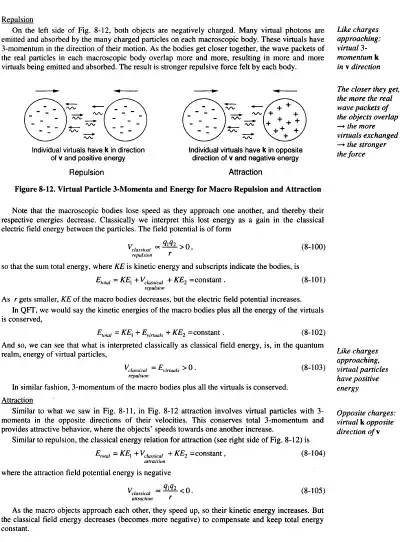So I was thinking about how a positive and a negative charge (or positive/positive, negative/negative) interact. I have read previously about how photons carry the electromagnetic force. However, how does this occur exactly?
How does a photon compel a particle to move towards/away from another? At the very least, if we say that a positive charge emits photons and a negative one absorbs them (seems wrong, but I guess that's what happens?), then wouldn't the negative one be repelled away instead?
Similarly, for gravitation, I understand that it's the curvature of spacetime that results in the "force". However, what compels a particle to move down the curvature of spacetime and not just stay where it is? In a regular rubber sheet situation, it is gravity that pulls an object down a curve. However, in spacetime there's no such equivalent.
Any help would be greatly appreciated!
